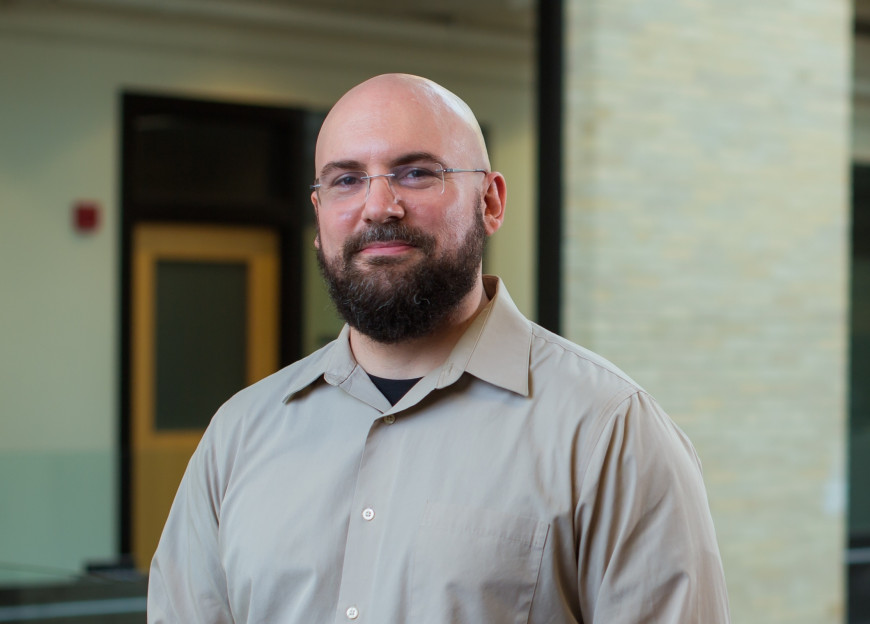Biography
Franco Rossi is an archaeologist whose work examines interactions between societies and environments, combining anthropological frameworks and materials analyses. Through his teaching, he is interested in introducing students to material culture approaches for interpreting social and built environments. As the digital humanities director of the San Bartolo-Xultun Regional Archaeological Project (PRASBX), Rossi also teaches at MIT about the potentials and ethical questions behind digital toolkits available for data sharing and meta-analysis of archaeological evidence—including computational analysis and modeling, lidar and other remote-sensing tools, map-making software, and 3D and virtual reality platforms—encouraging students to use new computing technologies and material culture analyses to explore historical trends and their societal implications today.
For over 14 years, Rossi has worked with PRASBX, which investigates two urban sites in the northeastern Petén region of Guatemala, each with long histories spanning the rise and fall of Classic Maya kingdoms (400 BCE – 900 CE). He contributes to PRASBX by facilitating analysis of site materials such as plasters, organic adhesives, pigments, ceramics, and cultivated soils, working with the Center for Materials Research in Archaeology and Ethnology.
Research
interactions between societies and environments, combining anthropological frameworks and materials analyses
Teaching
21A.500J/STS.075J
Technology and Culture
Examines the intersections of technology, culture, and politics in a variety of social and historical settings ranging from 19th-century factories to 21st-century techno dance floors, from Victorian London to anything-goes Las Vegas. Discussions and readings organized around three questions: what cultural effects and risks follow from treating biology as technology; how computers have changed the way we think about ourselves and others; and how politics are built into our infrastructures. Explores the forces behind technological and cultural change; how technological and cutural artifacts are understood and used by different communities; and whether, in what ways, and for whom technology has produced a better world
